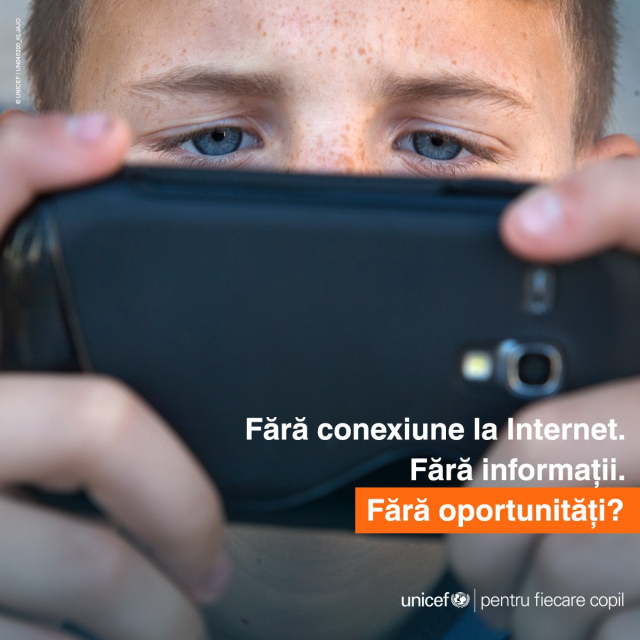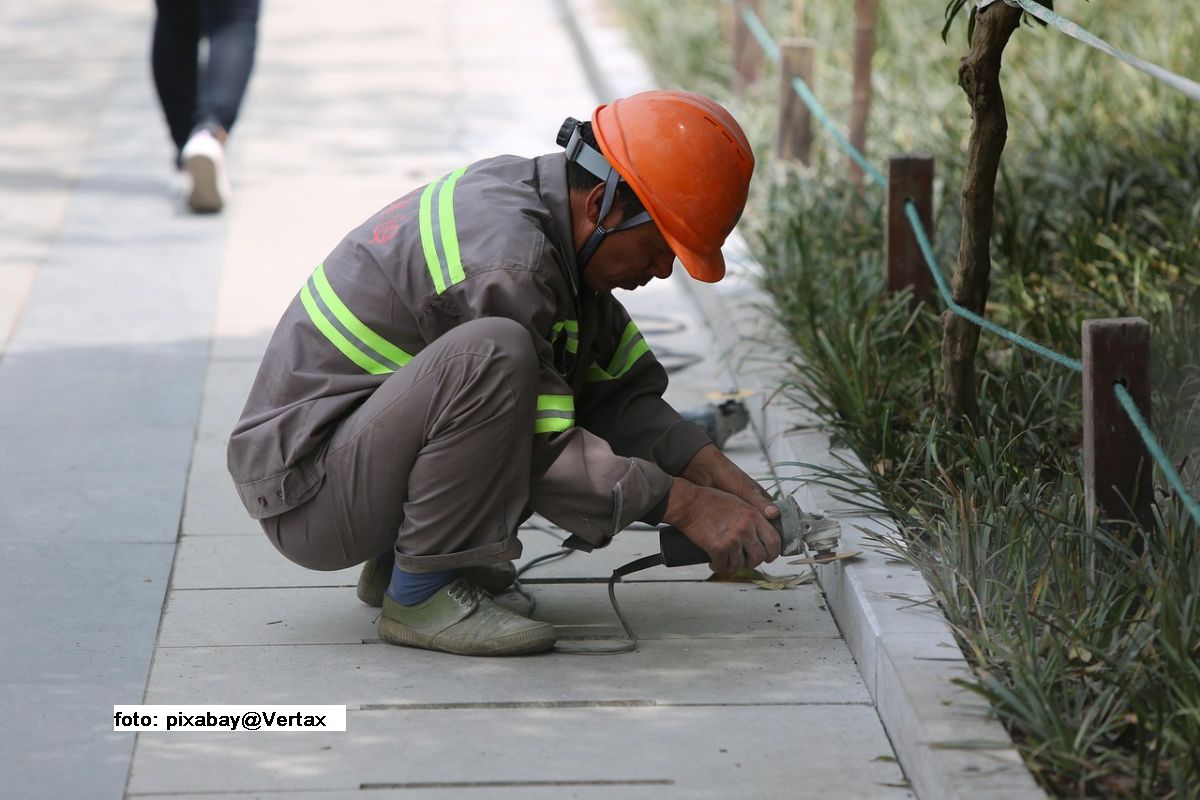Children and the digital world
Childrens access to technology and the Internet from a very early age is an obvious and widespread phenomenon today.

Christine Leșcu, 20.12.2017, 14:06
Children’s access to technology and the Internet from
a very early age is an obvious and widespread phenomenon today. This is also
confirmed by official statistics, a recent survey compiled by UNICEF has revealed.
Worldwide, young people aged between 15 and 24 represent the most connected age
group, with children and adolescents accounting for an estimated one in three
Internet users around the world. For them, the Internet brings a lot of
advantages, but it also exposes them to dangers. Moreover, young people who
miss out on the benefits of technology are at a disadvantage.
Also according to UNICEF, roughly 28% of the world’s
youth, accounting for around 345 million people, do not have access to the
Internet. Around 60% of Africa’s young people do not even have online
connection, compared with only 4% of young people in Europe. So access to
Internet also mirrors economic and cultural gaps, which is an obvious state of
affairs in Romania as well, according to Pieter Bult, UNICEF representative to
Romania:
This affects especially children living in remote
locations, or those held back by poverty, exclusion and emergencies. Also in
Romania, which ranks among the countries with the fastest speeds, we see major
differences in access. Last week’s report that was released by the Romanian
Government shows that the share of people ever having used the Internet ranges
from about 90% in the Bucharest region to less that 70% in the northeastern
region, a region that is much more rural and which already has a much higher
level of poverty.
The digital gap is therefore another reason for
concern when it comes to the access to the Internet, to add to the known issues
such as aggression and cyber crimes, as Peter Bult has also pointed out:
Wealso know that technology can make
children more susceptible to harm, online and offline. Threats include cyber
bullying, new forms of child violence, abuse and exploitation, such as the mail
to order and live streaming of child sexual abuse, and predators can more
easily contact unsuspecting children through anonymous and unprotected social
media profiles in game forms. Again vulnerable children, so as for example those
with a low level of literacy, may be at greater risk of harm.
In Romania,
according to a survey conducted by the Save the Children foundation, 78% of
children access the Internet daily or almost daily, while 90% of them use at
least one social network. Only 17% of them say, however, that they devote less
time to their families, friends and homework because of the time spent online.
At the same time, 45% of them said they experiences some form of harassment
online. Under the circumstances, protecting children on the Internet is a must,
precisely because the Internet should become more of an educational resource
and an opportunity for a harmonious development. Children themselves are aware
of the ambivalence of the Internet. Constantin Eugen Gheorghe, who in year 6 at
the Ferdinand I School in Bucharest:
For me the Internet is a source of inspiration and
information. I believe the Internet can be a useful tool but at the same time
it can be dangerous. We can use it, for example, to do our homework and find
the right information for various projects as it provides quick access to
complex information and data. We can also socialise with other young people,
like us. On the other hand, we should be careful with it because there are some
websites that can be harmful. I think it’s important that our parents and
teachers don’t forbid us to use the Internet but support us in using it.
In order to come to the aid of adults, parents and
educators and help them better monitor children’s online activity, the Romanian
authorities have published a guideline entitled The First Safe Steps in the
Digital World. Published by the National Centre for Response to Cyber Security
Incidents (CERT.RO), the brochure contains basic information and guidelines for
safe Internet surfing. Let’s find out more from Catalin Arama, the director
general CERT.RO:
We have structured the information and the
activities children engage into on the Internet into three large groups: online
relationships, sharing personal data and accessing content data. The guide
presents for each of these categories a series of identified threats, suggests
measures and draws some conclusions. Of course it only comes up with technical
solutions. The guide contains useful addresses and links, which adults can
access for an improved monitoring of their children’s online activities.
At the same time, UNICEF recommends placing
children’s safety at the core of digital policies, both in terms of optimal use
of the Internet and reducing online threats.






























